By Ahnayah Hughes, Howard University News Service
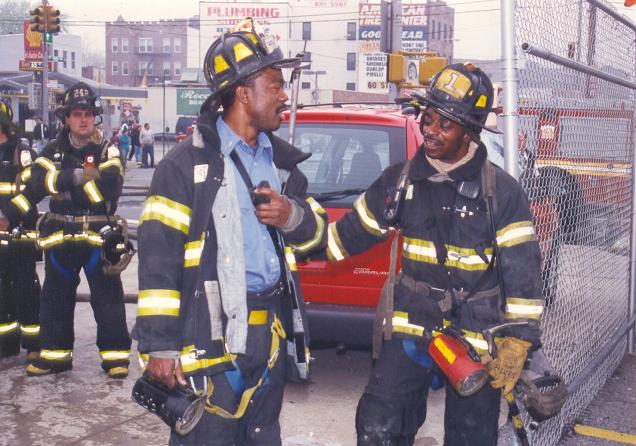
Even now, the pain of that day lays just below the surface for retired New York City firefighter Rodney Lewis. As Lewis recalled the sights, smells, sounds and horror of Sept. 11, 2001, tears accompanied those memories even as he sat in the comfortable Queens, N.Y., home he shares with his wife.
“I had quite a few friends that were at the scene,” Lewis, 66, said through his tears. “People I had just spoken to the week before. People I directly worked with. People whose homes I went to on New Year’s Eve. Just like that, so many lives were just gone.”
Twenty years after the attack, after leaving the department and busying himself with new hobbies, after his oldest child, a son, had struck out on his own and his daughter had graduated high school, after buying a sailboat and exploring deeper his love of sailing, after he and his wife purchased another home in Chesapeake, Virginia, after counseling and consultation, it even surprises Lewis how quickly the feelings can come bursting to the surface.
“I can talk about it now, but it’s still very emotional,” he said. “I remember what I went through, and what so many others went through.”
Three hundred and forty-three. It is a number nearly all New York firefighters have seared into their consciousness. That’s how many firefighters died combatting the devastating fire that took down the World Trade Center and claimed more than 2,000 lives. Lewis knew well over 30 of those firefighters.
Lewis, then a lieutenant with Engine Company 330, was there too.
Lewis, a native of New York, was studying for his captain’s exam in Staten Island that day, when a firefighter announced that a plane had crashed into a tower at the World Trade Center.
It wasn’t until another firefighter arrived shortly after and explained that both towers had been hit, that the room of firefighters fell silent as their new reality began to take shape.
“We were off duty, but we were under attack,” he said. “We knew what we had to do.”
After Lewis arrived in Brooklyn, he and the other firefighters around the station geared up to face the unknown. With no trucks or buses to take them to the site, Lewis ordered another firefighter to commandeer a city bus. As the passengers filed off, the firefighters piled on, preparing themselves for what lay ahead.
“We were all going to Manhattan to fight a fire we had never fought before,” he said. “But we all knew someone was going to die.”
Lewis describes Manhattan upon his arrival in two words: pure chaos. All the experience he had gathered in his then 22 years on the job, he said, could not have prepared him for the catastrophe that lay beyond the smoke.
“It was like walking in a cloud: you couldn’t see beyond three or four feet in front of you,” he said. “I thought it was the end of the world. That’s just how it felt — ‘This is the end.’
Lewis and his colleagues were in the third wave of firefighters to respond to the burning buildings. There was no organized effort as the firefighters aided civilians and attempted to calm the raging flames. Spending hours on the scene without adequate protection, the first responders were exposed to a toxic mix of asbestos, ash, and smoke, he said.
“I was concerned because we were just breathing all of that stuff in,” he said. “I remembered the telephone company fire in 1978 released asbestos into the air, and many of the firefighters working died from lung cancer. I always thought about that and had that on my mind at the Towers, but we had to do what we had to do.”
Lewis spent 24 hours on the scene before being relieved of duty on Sept. 12. The days that followed were bleak.
“For a long time, we [firefighters] were unable to talk about it because it was so traumatic,” Lewis said. “We could talk about it amongst each other, but if a supervisor came around, we wouldn’t say anything”.
This is partially due to the standards of excellence and bravery firefighters feel they must hold themselves to, he said. But beneath the masks, badges and gear, he said, were hurt people trying to make sense of the losses and the trauma they had experienced.
“We’re firefighters,” he said. “Firefighters were supposed to do this. Firefighters were supposed to be strong. We’re not supposed to be afraid or show weakness. But you can’t have people walking around with such a traumatic event bottled up inside and not be able to release it.”
A special counseling unit was assigned to visit different firehouses and helped those involved to open up about their experiences. Although it was a challenge, it was a first step in the healing process, Lewis said.
“It took a long time, years,” he said, “but time itself is very healing,”
As the years go by, documentaries are made, memorials are constructed and articles like this one are written every year, but Lewis is unsure how to feel.
“I have mixed emotions,” he said, “A part of me wants me to support the anniversary of what happened for those who died, but another part of me doesn’t want to go out or celebrate.”
In previous years, Lewis would participate in a firehouse ceremony to commemorate the firefighters who died and those who survived.
“It’s just not enough,” Lewis said as he fought back tears.
“Those people died, and the rest of us are going to die from the complications, whether it be lung disease, cancer, whatever it may be. We knew the risks, but we went in anyway. We knew we may not make it home, and so many didn’t. To stand up there in my uniform just can’t be enough. So, I don’t do that anymore”.
Instead, Lewis honors those who died in his own ways. A “343” tattoo rests upon his arm to honor the first responders who he believes made the ultimate sacrifice.
“They were human beings,” he said. “They were people with lives. They came in knowing the likelihood that they might not make it out and continued anyway. Every so often, I go through this book of victims and look through their names and remember their faces, because I don’t ever want to forget.”

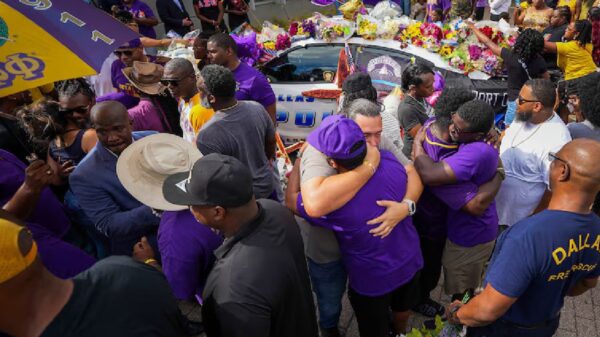
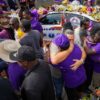
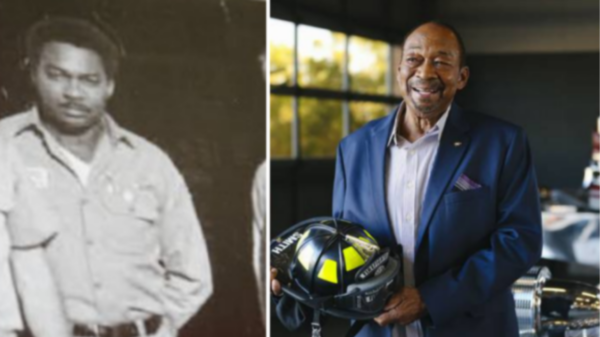
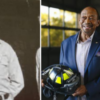
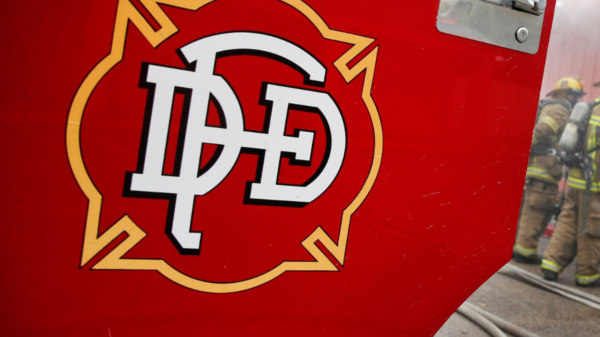
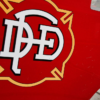
You must be logged in to post a comment Login